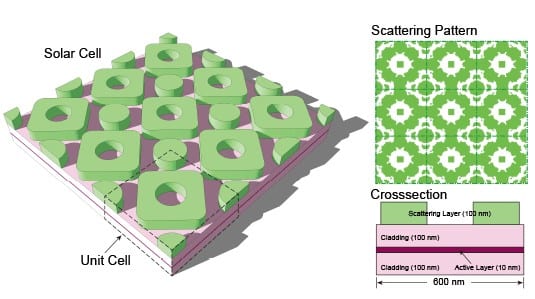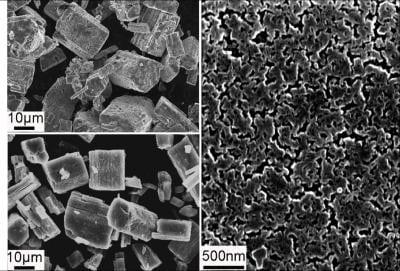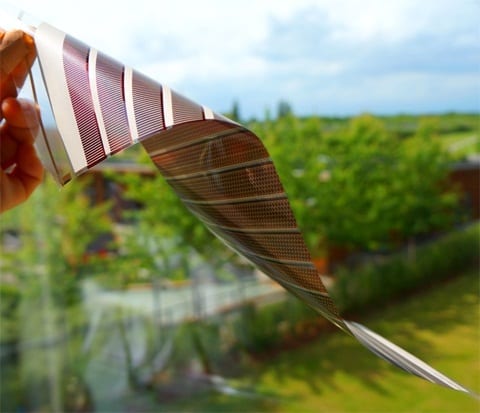Duke University engineers have developed a material that can be applied like paint to the hull of a ship and dislodge bacteria from the ship’s surface.


Duke University engineers have developed a material that can be applied like paint to the hull of a ship and dislodge bacteria from the ship’s surface.

Early results using novel materials and processes achieves milestone toward low-power tunneling field effect transistor.

Organic solar cells design could lead to more efficient, less expensive solar power.
Device selected for innovation awards at annual consumer electronics exhibition.

Solid nanoporous electolyte developed at ORNL could solve many of the safety concerns associated with current lithium-ion technology.
New technology could help power portable devices like satellite phones and radios.
Dow Corning and Crystal Solar will work together to support the latter’s breakthrough monocrystalline manufacturing approach.

Researchers have developed a special treatment for cotton fabric that allows the cotton to absorb up to 340 % of its own weight in water.
Researchers from Lund University in Sweden have shown how nanowires could pave the way for more efficient and cheaper solar cells.

Many efficient polymer solar cells include ITO. Yet this material is not well-suited for large-scale production.